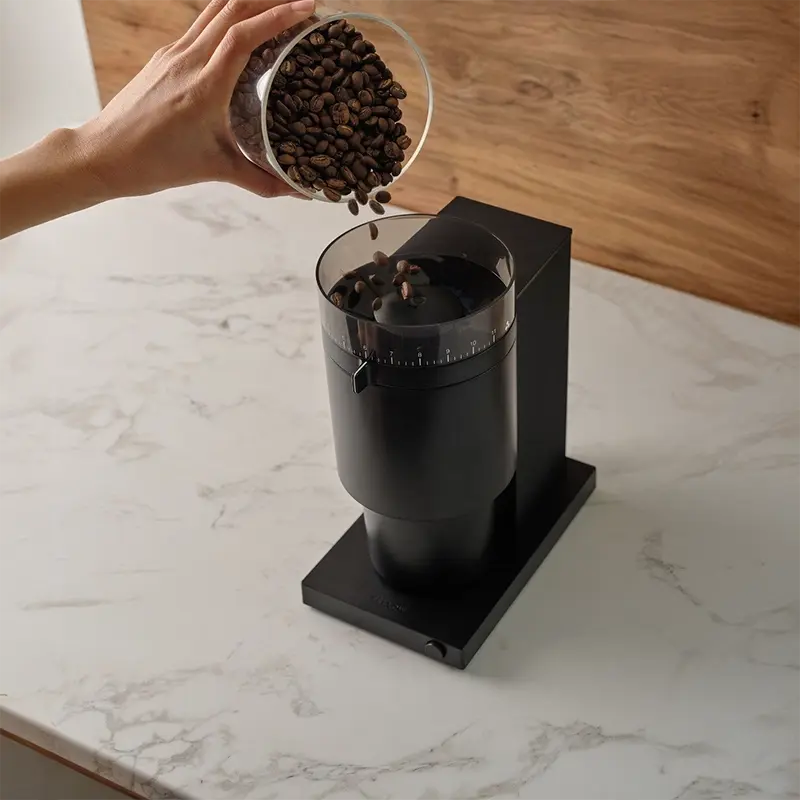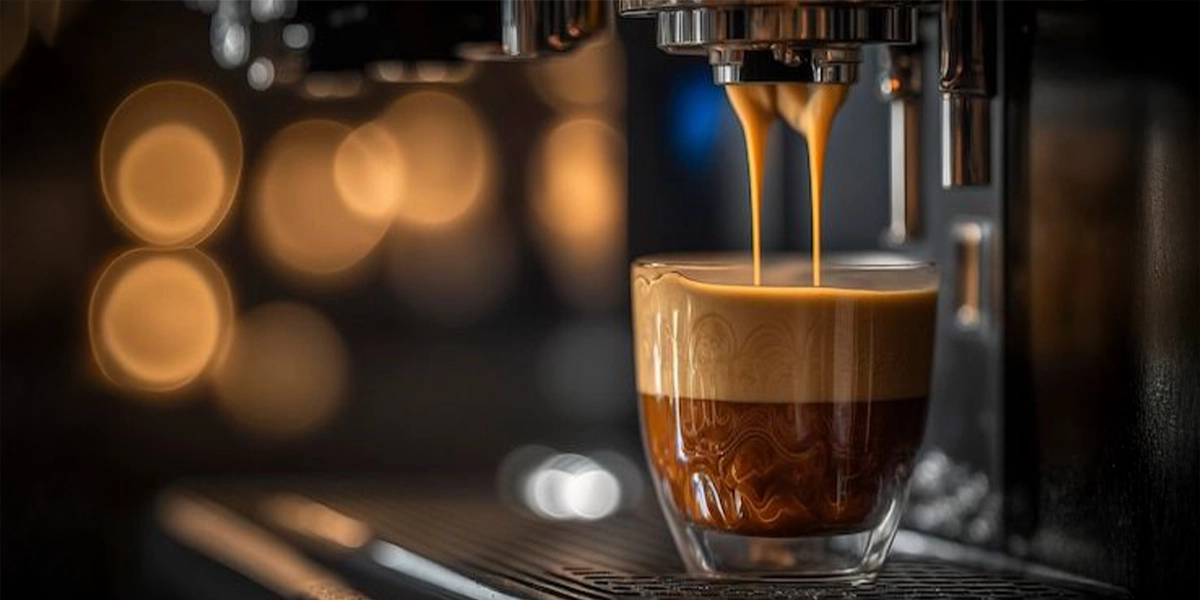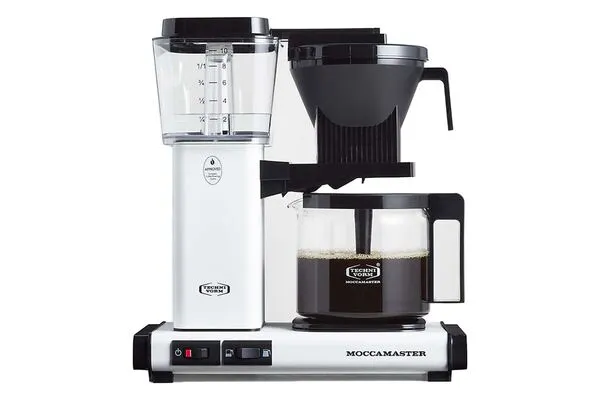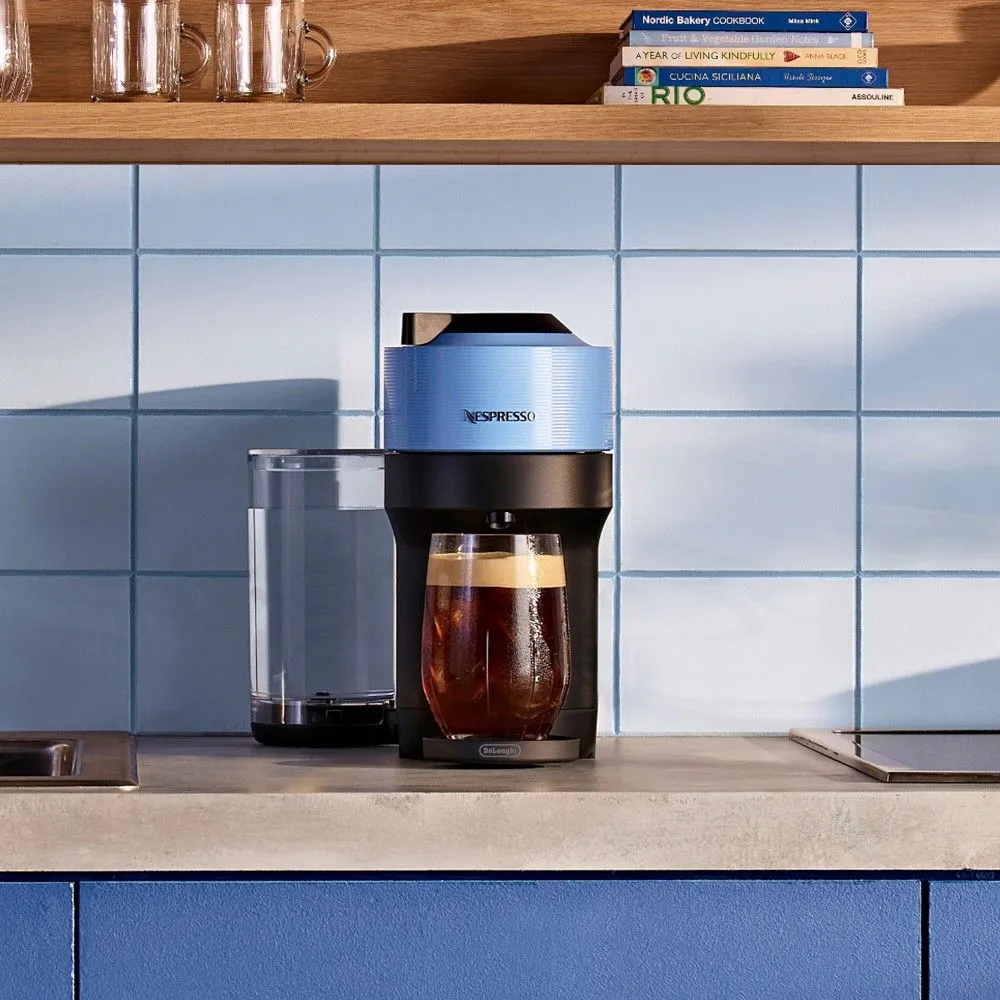Your Daily Brew Deserves Better: Best Coffee Beans of 2025
May 26, 2025

You know that one cup of coffee that just hits different? The one that somehow makes your kitchen smell like a café and turns a foggy morning into something a little softer, a little more doable. If you’ve had it, you know what I’m talking about, and chances chances are, it didn’t come from generic beans sitting open in a bag for three weeks.
Most of us start with the gear. We invest in a sleek coffee maker, maybe flirt with a French press, or finally give in to the hype and get that pour-over setup we saw on TikTok. But then we go and fill it with whatever’s on sale at the grocery store. The result? A coffee experience that’s fine, but not unforgettable. And if you’re going to all the trouble to brew at home, shouldn’t it be better than fine?
That’s where the beans come in. Whether you lean toward bold espresso blends or light-roasted single origin coffee, the beans are the core of everything. They set the tone. And with so many roasters, flavor profiles, and origins now easily available online, there’s no reason to settle for average anymore. This guide is here to help you find the best coffee beans of 2025: beans that match your taste, your mood, and yes, your coffee maker.
How to Find Best Coffee?
- What to Look for in Quality Coffee Beans
- Top 7 Coffee Beans of 2025
- Frequently Asked Questions About Eyelash Growth Serums
- Brewing Methods and Bean Pairings – Making the Most of Your Beans
- Keeping Coffee Beans Fresh – Storage Tips That Actually Matter
- Frequently Asked Questions About Coffee Beans
- Finding Your Signature Brew
What to Look for in Quality Coffee Beans
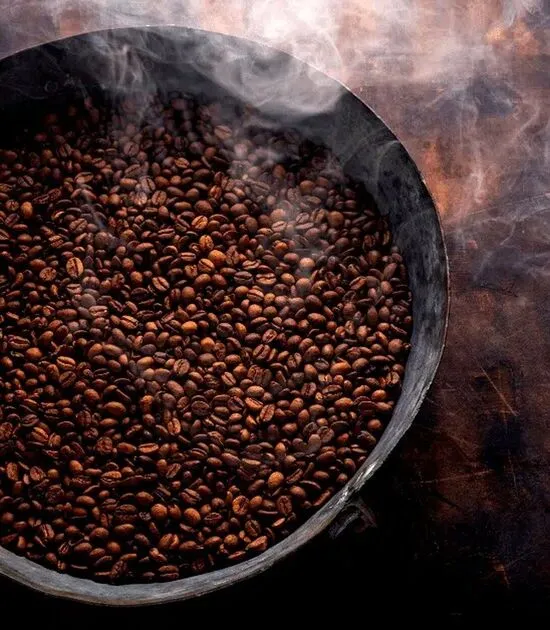
Buying coffee beans can feel a bit like choosing a wine without knowing anything about grapes. There’s the origin, the roast, the variety, and somewhere in there, you just want something that tastes great in your morning cup. So, what actually matters when you’re trying to find the best coffee beans for your daily brew?
Start with the type of bean. Most high-quality coffees are made from Arabica beans, known for their smoother, more nuanced flavor. Think floral, fruity, and layered. On the other hand, Robusta beans pack more caffeine and a stronger, sometimes bitter bite. They’re not bad, but they’re usually blended or used in espresso for that bold kick. If you love a smooth pour-over or French press, Arabica is likely your go-to.
Then there’s the roast level. A light roast will bring out the origin's natural characteristics, like bright acidity and fruity notes, perfect for single origin coffee fans. Medium roasts strike a balance with a bit more body, while dark roasts give you that deep, smoky profile some people swear by, especially for espresso and drip coffee.
Origin also plays a big role. Beans from Ethiopia tend to be floral and citrusy. Colombian coffee is known for being well-rounded and nutty. Sumatran beans go earthy and bold. Each region brings its own personality, and part of the fun is figuring out which one speaks to your taste buds.
And let’s not skip freshness. Look for roast dates, not expiration dates. The closer the roast date to your purchase, the better. Coffee starts to lose its flavor fast once it’s ground, so if you can, buy whole beans and grind them fresh, ideally just before brewing. Your coffee maker and your mornings will thank you.
Top 7 Coffee Beans of 2025
1. Ethiopian Yirgacheffe – A Symphony of Citrus and Floral Notes

Imagine a morning where the aroma of freshly brewed coffee transports you to the highlands of Ethiopia. That's the magic of Ethiopian Yirgacheffe.
Renowned for its vibrant acidity and intricate flavor profile, Ethiopian Yirgacheffe is a favorite among coffee aficionados. Grown at elevations between 1,700 to 2,200 meters, these beans benefit from the region's unique terroir, resulting in a cup that's both bright and complex.
Flavor Profile: Expect notes of jasmine, lemon zest, and a hint of cocoa nib, culminating in a clean, floral finish.
Best Brewing Methods: Ideal for pour-over, Chemex, and AeroPress, which accentuate its delicate flavors.
Why Choose This Bean: If you're seeking a single-origin coffee that offers a refreshing and aromatic experience, Ethiopian Yirgacheffe is unparalleled.
2. Colombian Supremo – The Epitome of Balance and Richness
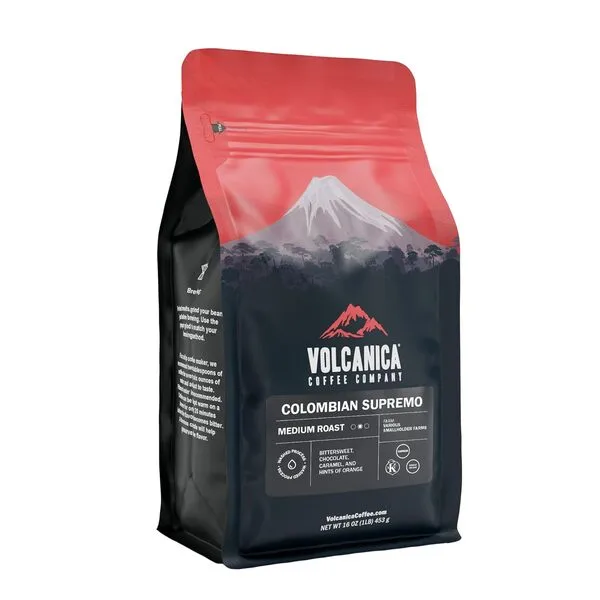
There's a comforting familiarity in the taste of Colombian coffee, and Colombian Supremo embodies this essence perfectly.
Sourced from Colombia's high-altitude regions, Colombian Supremo beans are celebrated for their large size and consistent quality. The country's diverse microclimates contribute to the beans' balanced flavor and medium body.
Flavor Profile: A harmonious blend of sweet chocolate, hazelnut, and subtle citrus undertones.
Best Brewing Methods: Versatile across drip machines, French press, and espresso, making it a staple for various brewing preferences.
Why Choose This Bean: For those who appreciate a well-rounded cup that's both rich and smooth, Colombian Supremo delivers consistently.
3. Sumatra Mandheling – Earthy Depths and Full-Bodied Delight
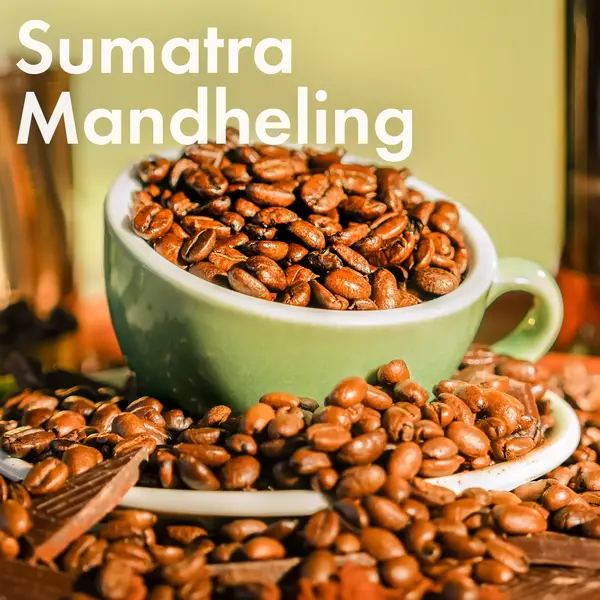
Envision a coffee that wraps you in warmth, with deep, earthy tones reminiscent of a forest after rain. Sumatra Mandheling offers just that.
Hailing from Indonesia's Sumatra island, Mandheling beans are known for their full body and low acidity. The traditional wet-hulling process imparts a distinctive earthy flavor, setting it apart from other coffees.
Flavor Profile: Rich notes of dark chocolate, tobacco, and a hint of cedar, creating a syrupy and smooth mouthfeel.
Best Brewing Methods: Excels in espresso, moka pot, and cold brew preparations, highlighting its robust character.
Why Choose This Bean: If you're in search of a coffee with depth and a unique earthy profile, Sumatra Mandheling is a compelling choice.
4. Guatemalan Antigua – Balanced Elegance in Every Sip
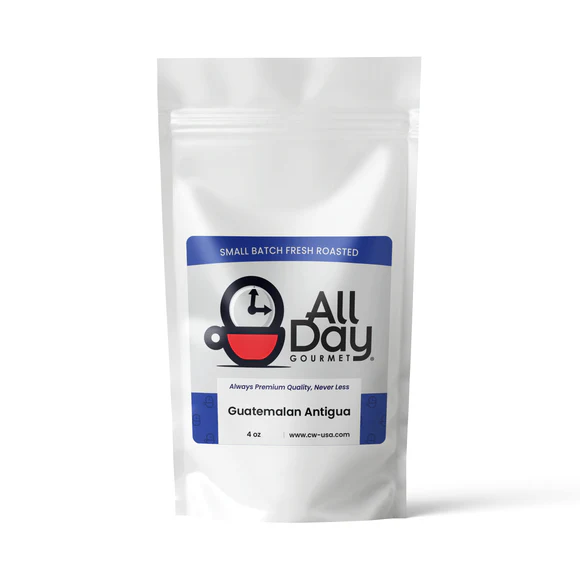
Guatemalan Antigua coffee is what happens when bold meets refined. These beans are grown in one of Central America's most respected coffee-growing regions, where high altitudes and mineral-rich volcanic soil give them a beautiful balance of strength and elegance. It’s the kind of coffee that feels just as at home in a Sunday brunch setting as it does in your weekday go-to mug.
It starts smooth but opens up into rich cocoa, subtle spice, and sometimes a hint of citrus or smoke. What makes it so versatile is that it’s complex enough for slow sipping, but also sturdy enough for cream, sugar, or whatever your routine looks like. It’s that dependable roast that never gets boring.
Flavor Profile: Cocoa, mild spice, roasted nut, light citrus finish
Best Brewing Methods: Drip coffee maker, French press, Aeropress, espresso machine
Why Choose This Bean: Ideal for coffee lovers who want complexity without bitterness. It’s a medium roast that balances boldness and subtlety, making it one of the most well-rounded choices for daily drinking.
5. Kenyan AA – Bright, Juicy, and Unexpectedly Bold
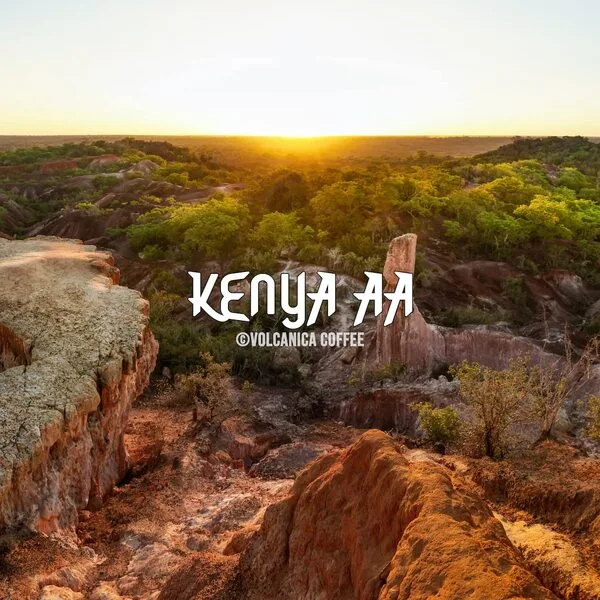
Kenyan AA is like the wine of the coffee world: layered, expressive, and a little dramatic in the best way. If most coffees are smooth jazz, this one’s indie rock. Grown in the high altitudes of Kenya where cool nights and rich red soil slow the ripening process, these beans develop bold acidity and wildly complex flavors.
What hits you first is the brightness, like biting into a ripe berry. Then comes the depth: a touch of blackcurrant, maybe some citrus, and a finish that lingers long enough to make you notice. Kenyan AA isn't subtle, but it’s balanced. It's the kind of coffee that makes you think about what you’re drinking, in the best way possible.
Flavor Profile: Blackcurrant, grapefruit, red wine, crisp acidity
Best Brewing Methods: Pour-over, Chemex, siphon, cold brew
Why Choose This Bean: Perfect for those who want a lively, high-acid cup that bursts with flavor. If you're into exploring the more exotic side of single origin coffee, this bean delivers a unique sensory experience that stands out.
6. Brazilian Santos – Smooth, Nutty, and Crowd-Pleasing
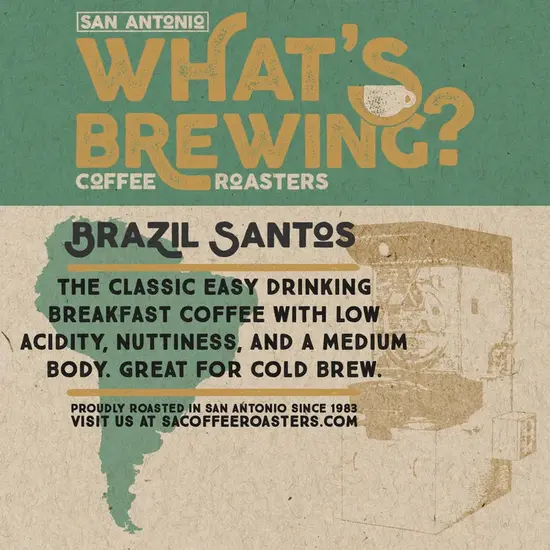
Brazilian Santos is the kind of coffee you can always count on. It's smooth, mild, and endlessly drinkable; it's the one you reach for when you want something familiar, not flashy. Grown in Brazil’s São Paulo and Minas Gerais regions, these beans benefit from the country’s sun-drenched climate and natural drying process, which gives them a clean, mellow profile that works in just about any brewing method.
It’s not trying to be complex, and that’s part of its charm. You'll find gentle nuttiness, a touch of chocolate, and just enough sweetness to round it out, all without any bitterness. It’s the coffee you serve to friends who are just getting into the specialty scene, or the one you keep stocked because everyone likes it. Reliable and unfussy, but far from boring.
Flavor Profile: Toasted almond, milk chocolate, soft caramel, low acidity
Best Brewing Methods: Drip coffee maker, moka pot, espresso machine, cold brew
Why Choose This Bean: Ideal for anyone looking for a low-acid, balanced coffee that’s smooth and easy to drink. Brazilian Santos is a go-to for morning brews and large batches that keep everyone happy, no matter how they take their coffee.
7. Jamaican Blue Mountain – Smooth, Rare, and Worth the Hype
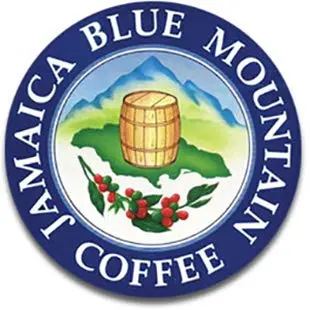
Jamaican Blue Mountain coffee isn’t just a bean; it’s a bit of a legend. Grown in the misty peaks of the Blue Mountains at over 2,000 meters above sea level, this coffee is cultivated under conditions most beans can only dream of. But what really sets it apart isn’t just the altitude or the price tag; it’s the incredible smoothness and balance that has earned it a cult following among true coffee lovers.
This is the kind of coffee you sip slowly, maybe on a quiet weekend morning when you actually have time to appreciate it. There’s almost no bitterness, just a round, velvety body with hints of chocolate, mild fruit, and soft sweetness. It’s refined without being pretentious. If most coffees are casual wear, this one is your favorite tailored blazer: timeless and a little indulgent.
Flavor Profile: Silky chocolate, mild fruit, sweet herbs, ultra-low acidity
Best Brewing Methods: Pour-over, siphon, French press
Why Choose This Bean: If you’re looking for an elegant, incredibly smooth cup that feels like a treat every time, this is it. Jamaican Blue Mountain is perfect for special occasions, gifting, or anyone ready to experience one of the most celebrated coffees in the world.
Brewing Methods and Bean Pairings – Making the Most of Your Beans
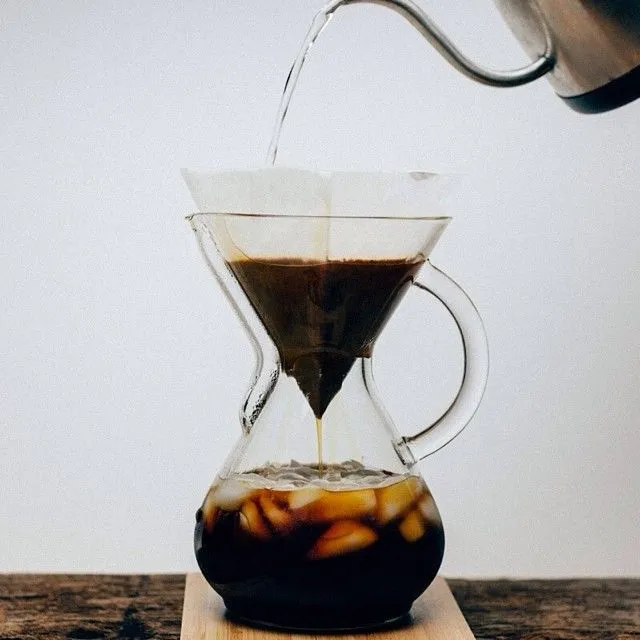
Choosing great coffee beans is only half the magic. The other half? Brewing them right. The same bean can taste wildly different depending on how you brew it. Some methods bring out brightness and nuance; others pull deeper flavors and body. Pairing the right bean with the right technique can completely change your morning ritual for the better.
French Press:
If you like your coffee bold and full-bodied, the French press is your best friend. It lets oils and fine particles through, giving you a heavier mouthfeel. Opt for beans like Sumatra Mandheling or Colombian Supremo; they’ve got the richness to stand up to this immersive brew style.
Pour-Over (Chemex, V60):
Pour-over is all about clarity and precision. It brings out delicate notes that might otherwise get lost. Light and medium roast beans with complex profiles shine here. Consider Ethiopian Yirgacheffe or Kenyan AA; they’ll give you that crisp, clean cup with layers of flavor that evolve as it cools.
Espresso Machines:
For espresso, you need beans that deliver intensity and depth without going flat. Medium-dark roasts like Guatemalan Antigua or Brazilian Santos are a win here. They create beautiful crema, punchy flavor, and blend beautifully with milk if you’re into lattes or cappuccinos.
Cold Brew:
Cold brewing is low and slow, perfect for pulling smooth sweetness and reducing acidity. Beans with nutty or chocolatey profiles like Brazilian Santos or Sumatra Mandheling excel here. The result? A mellow, refreshing drink you can sip straight or jazz up with cream and ice.
Siphon or Vacuum Brew:
If you want to impress yourself (or someone else), the siphon method is worth a shot. It’s theatrical, sure, but it also enhances complexity in high-end beans. Something like Jamaican Blue Mountain absolutely thrives in this setup, delivering a silky, aromatic brew.
Keeping Coffee Beans Fresh – Storage Tips That Actually Matter
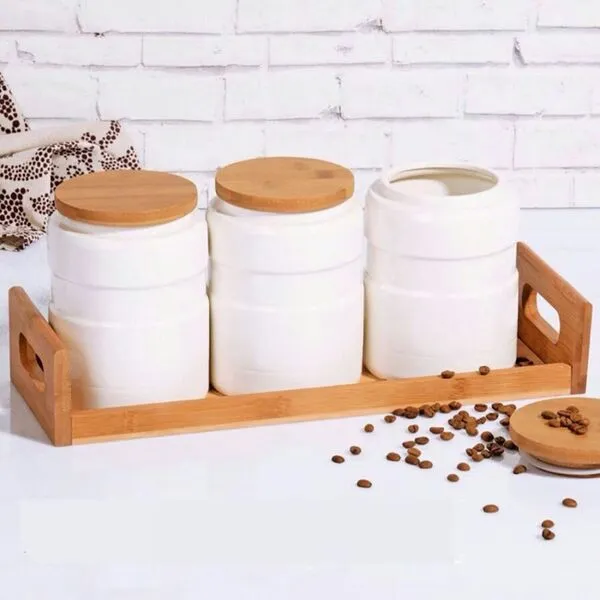
Here’s the deal: even the best coffee beans in the world will taste like cardboard if you don’t store them right. It’s not dramatic; it’s just chemistry. Coffee is sensitive to air, light, heat, and moisture. Once it’s roasted, it starts to lose those aromatic oils and delicate flavors. And no, your kitchen counter next to the oven is not doing your beans any favors.
First rule? Ditch the supermarket bag, even if it has a cute zip-top. Once opened, your beans are exposed. Instead, opt for an opaque, airtight container. Glass jars are fine, but make sure they’re not sitting in sunlight. What you really want is a vacuum-sealed or CO₂-valve canister, especially if you buy in bulk.
Also, whole beans are always superior to ground. Grinding exposes more surface area, which means faster oxidation. If you have to pre-grind (we get it, mornings are chaotic), store it in small batches and use it quickly. And please, no fridge. Coffee is absorbent, and that garlic butter from last night’s pasta? Your beans will remember.
As for shelf life? Aim to use your beans within two to three weeks of opening. Freshness isn’t forever, but with a little care, you can stretch that sweet spot and keep your brews tasting as vibrant as they were meant to be.
Frequently Asked Questions About Coffee Beans
How long do coffee beans stay fresh after roasting?
You’ve probably seen “best by” dates on coffee bags, but here’s the real talk: freshness peaks about 7 to 14 days after roasting. After that, flavors start to fade. If you’re buying fresh, whole bean coffee, try to use it within a month. Beyond that, it won’t hurt you, but don’t expect vibrant aromatics or nuanced tasting notes. Coffee doesn’t go “bad” like milk, but it definitely gets dull.
Is dark roast coffee stronger than light roast?
Not really, at least not in the way most people think. Dark roasts taste stronger because they have a bolder, smokier flavor, but in terms of caffeine, light roasts often have slightly more (surprise!). The roasting process burns off a tiny bit of caffeine, so if you’re chasing a jolt, don’t automatically reach for the darkest roast. Go by what flavor profile you enjoy most, not just color.
Whole bean vs ground coffee. What’s actually better?
Whole bean wins, every time. Grinding right before brewing preserves freshness and flavor, plain and simple. Pre-ground coffee might be convenient, but it starts losing its character the second it hits air. If you don’t have a grinder, consider a small burr grinder; nothing fancy, just enough to elevate your daily cup. It’s one of the easiest ways to seriously improve your brew.
Can I freeze coffee beans to keep them fresh longer?
Yes, but only if you do it right. If you’re not going through your beans within a few weeks, you can portion them into airtight bags and freeze them. Just don’t go in and out of the freezer every day; that’s a moisture risk. Thaw a sealed portion overnight on the counter before using. And never refreeze once opened.
Does single origin coffee really taste different?
Absolutely. Single origin beans, like those from Ethiopia, Kenya, or Colombia, reflect the soil, climate, and altitude where they’re grown. That’s why an Ethiopian Yirgacheffe tastes floral and lemony, while a Sumatran bean leans earthy and bold. If you’re looking to explore coffee as a sensory experience, single origin is where you start tasting the difference.
Finding Your Signature Brew
You don’t need to be a coffee snob to care about your beans. You just need to be someone who notices when a cup hits different, when it has depth, balance, or that one subtle flavor note you can’t quite name but want to chase again. That’s the magic of starting with the right coffee beans. It’s not about impressing anyone; it’s about making your daily brew feel like something more than a habit.
The beauty of coffee is that there’s no single “best.” What’s perfect for your French press might fall flat in someone else’s espresso machine. That’s why exploring different origins, roast levels, and brewing styles isn’t overwhelming; it’s kind of the point. It’s how you find the flavor that fits your routine, your gear, and your mood.
Maybe it’s the clean citrus lift of a Kenyan AA on a slow Sunday morning. Maybe it’s the velvety comfort of Colombian Supremo before a busy day. Or maybe you’re the type who keeps three kinds of beans on rotation: one for pour-over, one for your automatic drip, and one for cold brew.
However you take your coffee, starting with good beans is the simplest upgrade you can make. It doesn’t take barista skills or a $500 machine. Just a little curiosity and the willingness to treat your coffee like it deserves more than whatever’s on sale in a plastic tub.
So, here’s to better beans, better brews, and finding that one cup that makes everything else pause for just a moment.
